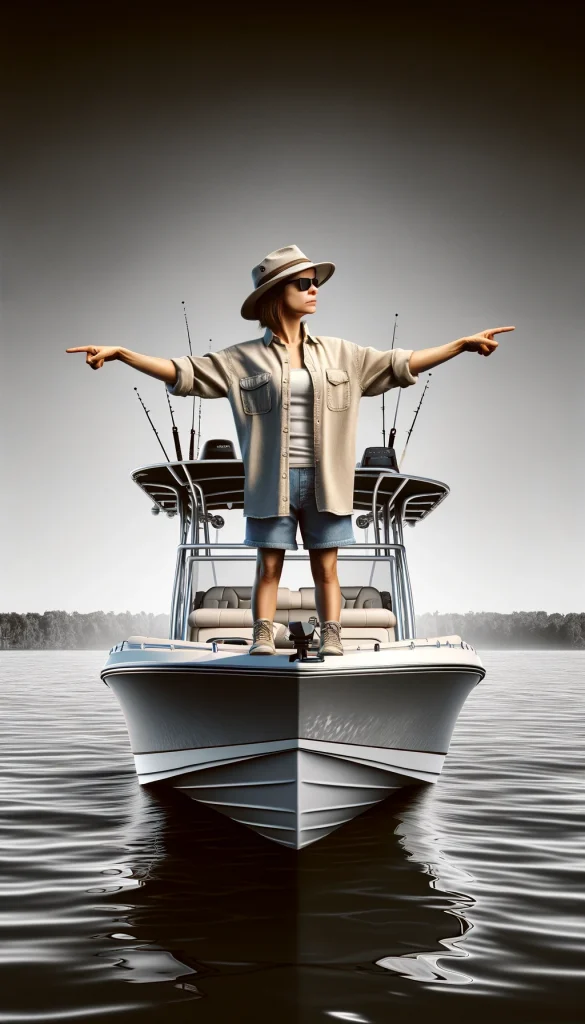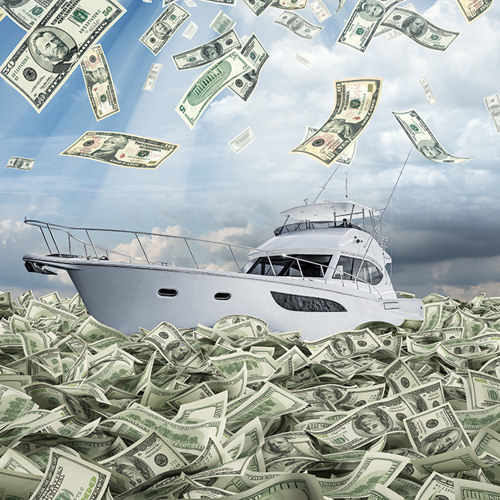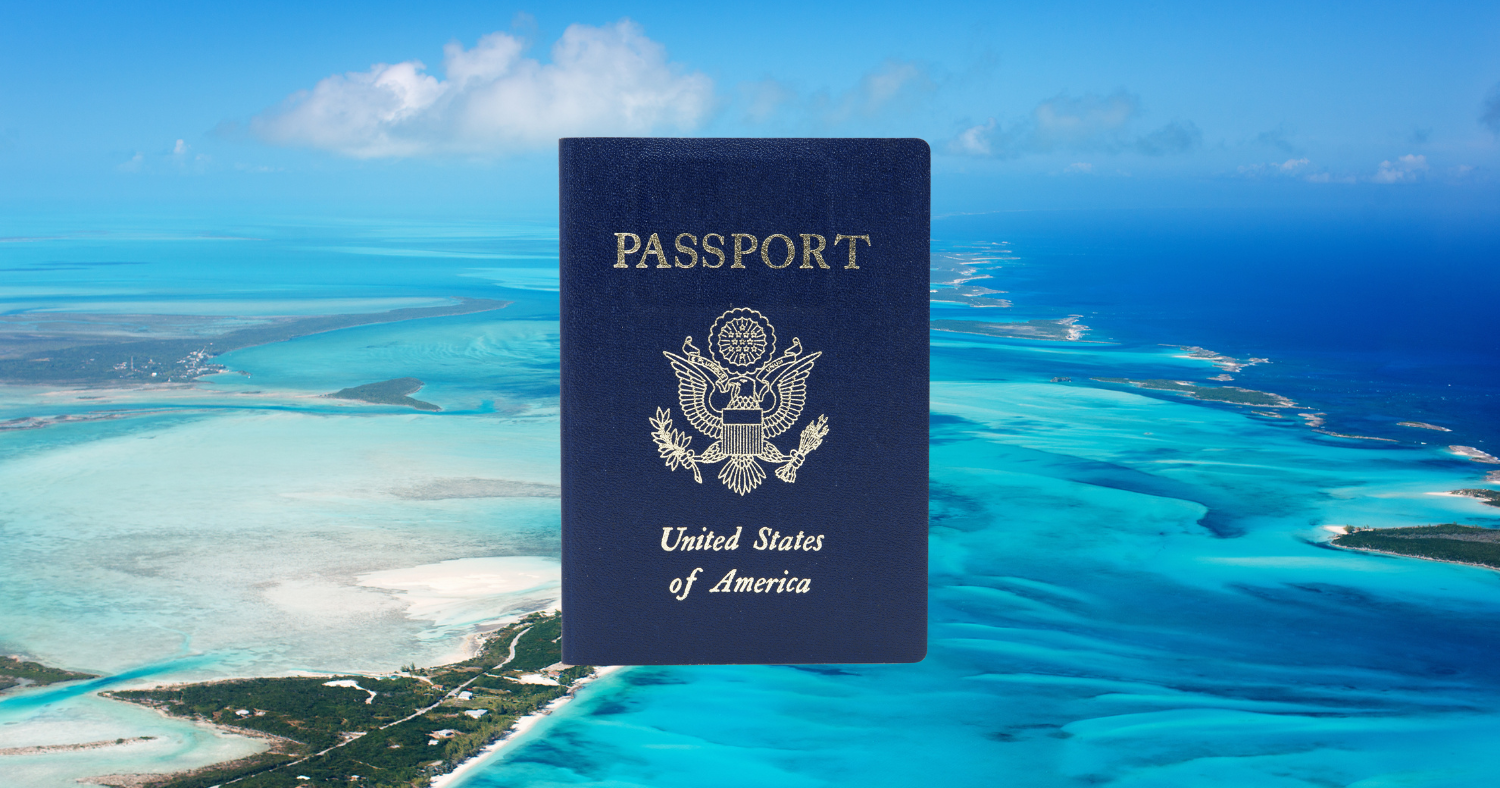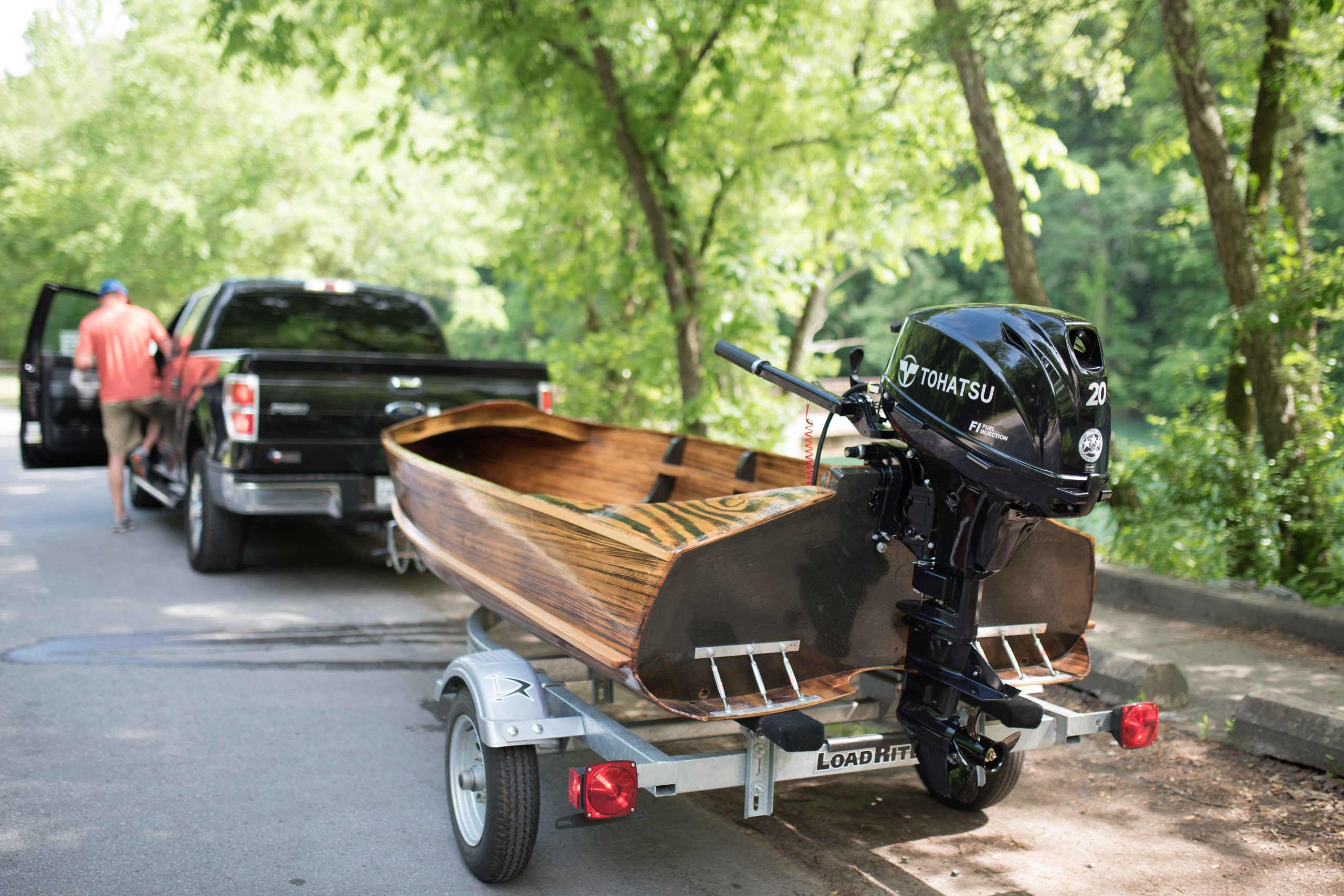Port & Starboard: A Beginners Guide to Nautical Navigation Basics
Navigating the open seas can be an exhilarating adventure, especially for novice sailors. One of the most fundamental aspects of sailing is understanding the concepts of port and starboard. These nautical terms refer to the left and right sides of a vessel, aircraft, or spacecraft when facing forward toward the bow. Familiarizing oneself with these terms is crucial, as they ensure clarity in communication and help prevent accidents on the water.
Port refers to the left side of the boat, while starboard corresponds to the right side. This distinction plays a significant role in various scenarios, such as determining right of way, signaling intentions, and coordinating with other crew members and boats. By learning port and starboard, sailors can efficiently operate their vessels and participate in the maritime world with confidence and ease.

Key Takeaways
- Port and starboard terms are crucial for clear communication while sailing.
- These nautical terms indicate left and right sides of a vessel when facing forward.
- Understanding port and starboard enhances vessel operation and safety on the water.
Understanding the Basics
Port and Starboard: Definitions
When discussing maritime navigation and safety, it is essential to understand the basic terminology involved. Two key terms are port and starboard. Port refers to the left side of a vessel, while starboard denotes the right side. This terminology is used consistently, regardless of which way a person is facing on the boat.
It is helpful to use mnemonic devices to remember the difference between port and starboard. For example, recall that 'port' and 'left' both have four letters, or that 'starboard' has two letter Rs, indicating 'Right.'
Bow and Stern: Vessel Orientation
In addition to understanding port and starboard, it is crucial to know the terms regarding a vessel's orientation. The bow represents the front of the boat, while the stern refers to the back. When facing forward on a vessel (toward the bow), the port side is on your left, and the starboard side is on your right.
Another pair of essential terms is fore and aft. The term 'fore' refers to anything located near the bow, whereas 'aft' relates to anything near the stern. With these terms, a person can accurately communicate their location on the boat and efficiently navigate.
Color Codes: Navigation Lights
When a vessel is in motion, especially during low visibility conditions, navigation lights play a significant role in ensuring safety. These lights help other boats identify the direction in which a vessel is moving. Each side of the boat has specific color-coded navigation lights. The port side displays a red light, while the starboard side shows a green light.
By understanding these color codes, mariners can quickly identify the orientation of nearby vessels and take appropriate actions to avoid collisions. It is crucial to remember that red corresponds to port, and green corresponds to starboard. This knowledge significantly contributes to the overall safety and smooth navigation of vessels at sea.
Operating a Vessel
Steering and Maneuvering
When operating a vessel, it's important to understand the basics of steering and maneuvering. To steer a boat, the helm is used to control the rudder, which is responsible for changing the direction of the vessel. The port side refers to the left side of the vessel when facing the bow, and the starboard side refers to the right side 1. Maintaining control and making smooth turns are key aspects of safe nautical navigation.
Sailing Directions: Tacking and Jibing
In sailing, wind direction plays a crucial role in determining the boat's course. The terms windward and leeward are used to describe the sides of the vessel in relation to the wind. Windward refers to the side facing the wind, while leeward is the side sheltered from the wind. When sailing against the wind, sailors use tactics such as tacking and jibing to change directions.
- Tacking: Moving the bow of the boat through the wind to shift from one tack to another, i.e., from port to starboard or vice versa.
- Jibing: Changing the vessel's course by moving the stern through the wind, making the mainsail shift sides.
Understanding these maneuvers helps sailors make the best use of the wind while maintaining control and safety 2.
Communication on the Water
Clear communication is crucial when operating a vessel, as it helps in avoiding misunderstandings and potential hazards. Some important aspects of nautical communication include:
- Colour-coded lines: Ropes used on boats are often colour-coded to help identify their purpose, making it easier to manage sails and control the boat.
- Right of way: Knowing the rules of right of way on the water helps prevent collisions and ensures smooth navigation. Boats on the starboard tack have right of way over those on the port tack.
- Hand signals: In situations where verbal communication may be difficult, hand signals can be used to convey commands or instructions to the crew.
Docking Fundamentals
Docking a vessel can be a challenging task, especially for beginners. Some important docking fundamentals include:
- Approaching the dock at a slow, controlled speed.
- Maneuvering the vessel by using the rudder and throttle in tandem.
- Using fenders to protect the boat from potential damage when docking.
- Securing the boat with lines at the bow, stern, and midship.
Whether you're operating a large sailboat or a small rowboat or kayak, mastering the basics of steering, sailing directions, communication, and docking will ensure a safe and enjoyable experience on the water3.
Footnotes
- https://www.saltwaterjournal.life/blog/port-and-starboard-sides ↩
- https://www.marineinsight.com/naval-architecture/port-and-starboard-sides/ ↩
- https://www.elliestraveltips.com/port-and-starboard/ ↩
Frequently Asked Questions
What is the historical reason behind the terms port and starboard?
The origin of the terms "port" and "starboard" dates back to the early days of sailing when ships were often steered with a steering board (or steerboard) mounted on the right side of the vessel. The left side, which faced the port during docking, was called the "larboard" side. However, due to potential confusion between "larboard" and "starboard," the term "larboard" was eventually replaced with "port," which is easier to distinguish audibly.
What are the port and starboard sides on an aircraft?
Similar to maritime navigation, the port and starboard sides in aviation refer to the left and right sides of an aircraft when facing forward towards the nose. The port side is the left side, while the starboard side is the right side.
What is the significance of red and green colors for port and starboard?
The red and green colors associated with port and starboard indicate which side of a vessel or aircraft another party should pass when encountering each other. The port side is marked with a red light, and the starboard side has a green light. This color scheme helps to prevent collisions and establish clear navigation rules for vehicles approaching one another.
Can you explain the positional terms bow, stern, port, and starboard?
The bow refers to the front of a vessel or aircraft, while the stern is the rear end. The port side is the left side when facing forward, and the starboard side is the right side. These positional terms provide a universal system for navigation and communication, regardless of the orientation of the person on board the vessel or aircraft.
What are some mnemonic devices to help remember port and starboard?
Here are a few mnemonic devices that can help you remember port and starboard:
- Port and left both contain four letters.
- Port wine is red, and the port side is marked with a red light.
- As mentioned in the search results, remember "P. Left" and "S. Right" for port-left and starboard-right.
- Another phrase to associate with port: "The port is always on the left when you're facing the shore."
Is there a specific 'rule of the road' for navigating port and starboard?
Yes, there is a specific "rule of the road" for navigating port and starboard called the "COLREGS" (International Regulations for Preventing Collisions at Sea). The basic principle is that vessels approaching each other should pass on each other's port side. That is, a vessel on the right-hand side (starboard) has the right of way, and the one on the left-hand side (port) should give way. This rule ensures that both vessels can safely navigate without colliding.
Charlie is Editor-in-Chief of Sea Magazine







